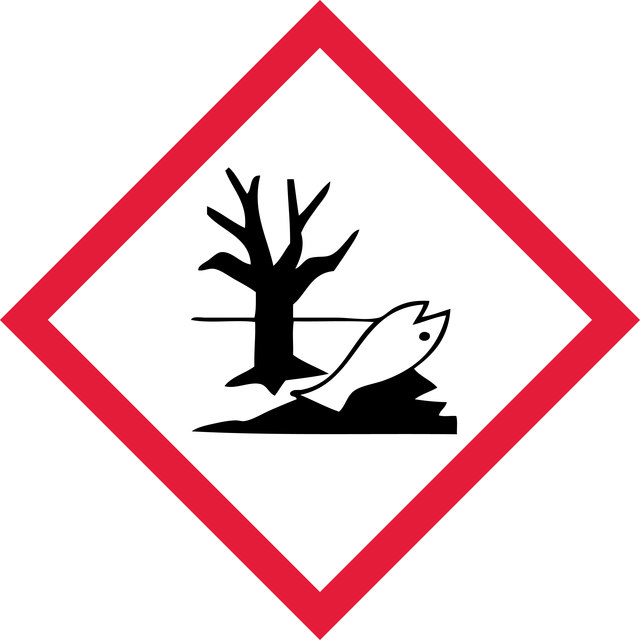A3673
Anti-Mouse IgG (γ-chain specific)−Peroxidase antibody produced in goat
affinity isolated antibody, buffered aqueous solution
Synonym(s):
Goat Anti-Mouse IgG (γ-chain specific)−HRP
biological source
goat
Quality Level
conjugate
peroxidase conjugate
antibody form
affinity isolated antibody
antibody product type
secondary antibodies
clone
polyclonal
form
buffered aqueous solution
species reactivity
mouse
technique(s)
direct ELISA: 1:15,000
shipped in
dry ice
storage temp.
−20°C
target post-translational modification
unmodified
Related Categories
General description
Immunoglobulin G (IgG) is a glycoprotein antibody that regulates immune responses such as phagocytosis and is also involved in the development of autoimmune diseases. Mouse IgGs have four distinct isotypes, namely, IgG1, IgG2a, IgG2b, and IgG3. IgG1 regulates complement fixation in mice.
Goat Anti-Mouse IgG (γ-chain specific)-Peroxidase antibody is specific for mouse IgG when tested against purified mouse IgA, IgG, and IgM myeloma proteins.
Goat Anti-Mouse IgG (γ-chain specific)-Peroxidase antibody is specific for mouse IgG when tested against purified mouse IgA, IgG, and IgM myeloma proteins.
Immunogen
purified mouse IgG
Application
Goat Anti-Mouse IgG (γ-chain specific)-Peroxidase antibody has been used for ELISA applications at a dilution of 1:3000.
HRP conjugated goat anti-mouse gamma chain specific was used to detect neutralizing antibodies against HIV1 in sera and mucosal washings by ELISA. 3′3′5,5 tetramethylbenzidine (Sigma) was used as the substrate for development.
Physical form
Solution in 0.01 M phosphate buffered saline, pH 7.4, containing 1% bovine serum albumin with preservative.
Preparation Note
Prepared using the periodate method described by Wilson, M.B., and Nakane, P.K., in Immunofluorescence and Related Staining Techniques, Elsevier/North Holland Biomedical Press, Amsterdam, p215 (1978).
Disclaimer
Unless otherwise stated in our catalog or other company documentation accompanying the product(s), our products are intended for research use only and are not to be used for any other purpose, which includes but is not limited to, unauthorized commercial uses, in vitro diagnostic uses, ex vivo or in vivo therapeutic uses or any type of consumption or application to humans or animals.
Not finding the right product?
Try our Product Selector Tool.
Signal Word
Warning
Hazard Statements
Precautionary Statements
Hazard Classifications
Aquatic Chronic 2 - Eye Irrit. 2 - Skin Irrit. 2 - Skin Sens. 1
Storage Class Code
12 - Non Combustible Liquids
WGK
WGK 3
Flash Point(F)
Not applicable
Flash Point(C)
Not applicable
Choose from one of the most recent versions:
Already Own This Product?
Find documentation for the products that you have recently purchased in the Document Library.
Ashwini S Phadnis-Moghe et al.
Toxicology and applied pharmacology, 310, 41-50 (2016-08-23)
The environmental contaminant 2,3,7,8-tetrachlorodibenzo-p-dioxin (TCDD), which is a strong AHR agonist, causes significant suppression of human B cell activation and differentiation. The current studies describe the identification of Src homology phosphatase 1 (SHP-1) encoded by the gene PTPN6 as a
Marie-Lisa Eich et al.
Frontiers in molecular neuroscience, 10, 230-230 (2017-08-10)
In the present study, we generated and characterized a splice site-specific monoclonal antibody that selectively detects the calcineurin-binding dynamin1 splice variant dynamin1xb. Calcineurin is a Ca
Kuldeep K Bhargava et al.
Journal of nuclear medicine : official publication, Society of Nuclear Medicine, 50(7), 1140-1146 (2009-06-16)
The organic anion (99m)Tc-N-[2-[(3-bromo-2,4,6-trimethylphenyl)-amino]-2-oxoethyl]-N-(carboxymethyl)-glycine ((99m)Tc-mebrofenin) and its analogs are widely used for hepatobiliary imaging. Identification of the mechanisms directing bile canalicular transport of these agents will provide insights into the basis of their hepatic handling for assessing perturbations. We performed
Basil Rapoport et al.
Journal of immunology (Baltimore, Md. : 1950), 197(12), 4560-4568 (2016-12-04)
Graves' hyperthyroidism, a common autoimmune disease caused by pathogenic autoantibodies to the thyrotropin (TSH) receptor (TSHR), can be treated but not cured. This single autoantigenic target makes Graves' disease a prime candidate for Ag-specific immunotherapy. Previously, in an induced mouse
Chad P Grabner et al.
The Journal of neuroscience : the official journal of the Society for Neuroscience, 35(38), 13133-13147 (2015-09-25)
Night blindness can result from impaired photoreceptor function and a subset of cases have been linked to dysfunction of Cav1.4 calcium channels and in turn compromised synaptic transmission. Here, we show that active zone proteins RIM1/2 are important regulators of
Related Content
Our team of scientists has experience in all areas of research including Life Science, Material Science, Chemical Synthesis, Chromatography, Analytical and many others.
Contact Technical Service
